Dolphins have long fascinated humans with their intelligence and complex social behaviors. While science continues to unravel the depths of their minds, there’s a growing body of evidence suggesting that dolphins experience emotions in ways remarkably similar to humans. From their intricate communication systems to their apparent capacity for grief and joy, these marine mammals offer a unique lens into the emotional lives of non-human animals. Here are 13 signs that dolphins might actually share emotional experiences akin to our own.
1. They Have Tight-Kit Social Pods
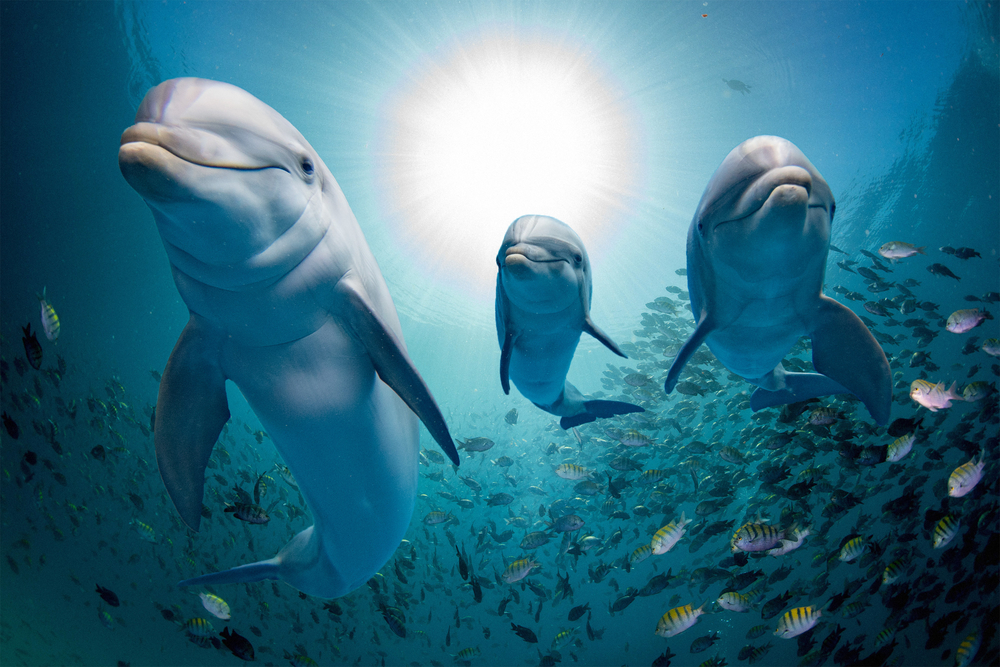
Dolphins live in tightly knit social groups called pods, which are like human families or communities. Their social structures are dynamic and often revolve around intricate relationships that include cooperation, social hierarchies, and even alliances. This complexity suggests a level of emotional sophistication, as maintaining such networks requires an understanding of social cues and empathy. According to a study published in the journal *Nature*, dolphins recognize and remember individual members of their pod, showcasing their ability to form lasting emotional bonds.
Their social interactions often involve playful behaviors and vocalizations that seem to indicate joy and camaraderie. Dolphins have been observed engaging in acts of altruism, such as helping injured pod members or even humans in distress. These behaviors imply a depth of feeling and a sense of community responsibility that parallels human social dynamics. The sheer complexity of their interactions suggests that dolphins do not just act on instinct but rather engage in emotional exchanges.
2. They Are Vocal Communicators
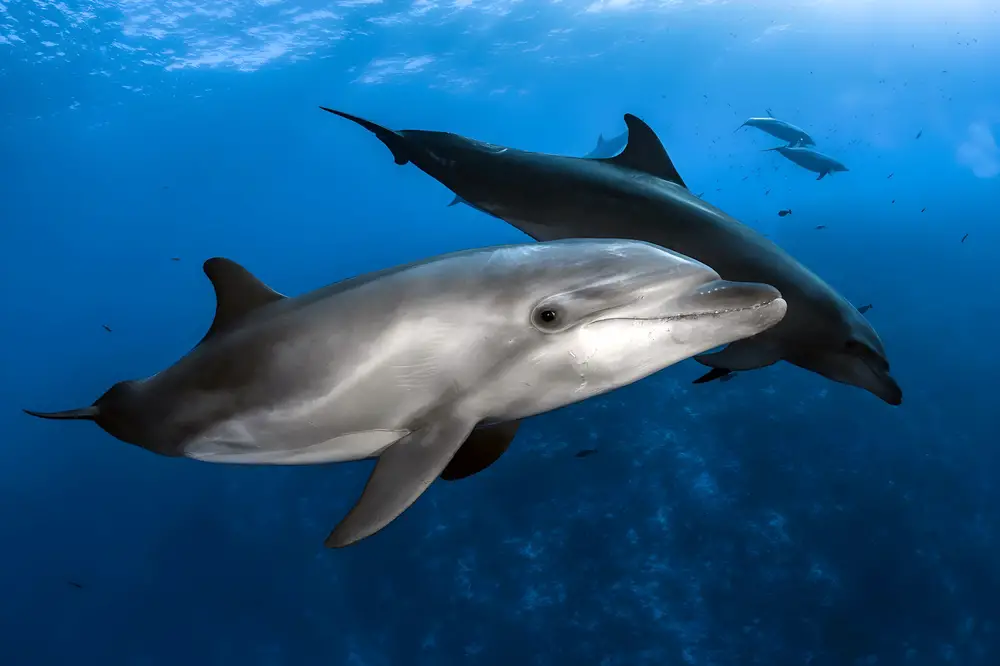
Dolphins are known for their sophisticated vocal abilities, using clicks, whistles, and body language to communicate. Each dolphin has a unique signature whistle, much like a name, which they use to identify themselves and others. This level of communication hints at emotional depth, as it suggests dolphins have a sense of self and recognize distinct relationships within their pods. Their vocalizations are not just functional but also seem to convey emotional states, such as excitement or distress.
Moreover, dolphins have been observed altering their vocalizations in response to different social situations, much like humans modulate their voices. This ability to change tone and pattern indicates an understanding of context and emotional nuance. In stressful situations, dolphins can increase their vocal output, suggesting a potential parallel to human expressions of anxiety or urgency. The complexity of their vocal communication underscores their capacity for emotional expression.
3. They Show Empathy And Altruism
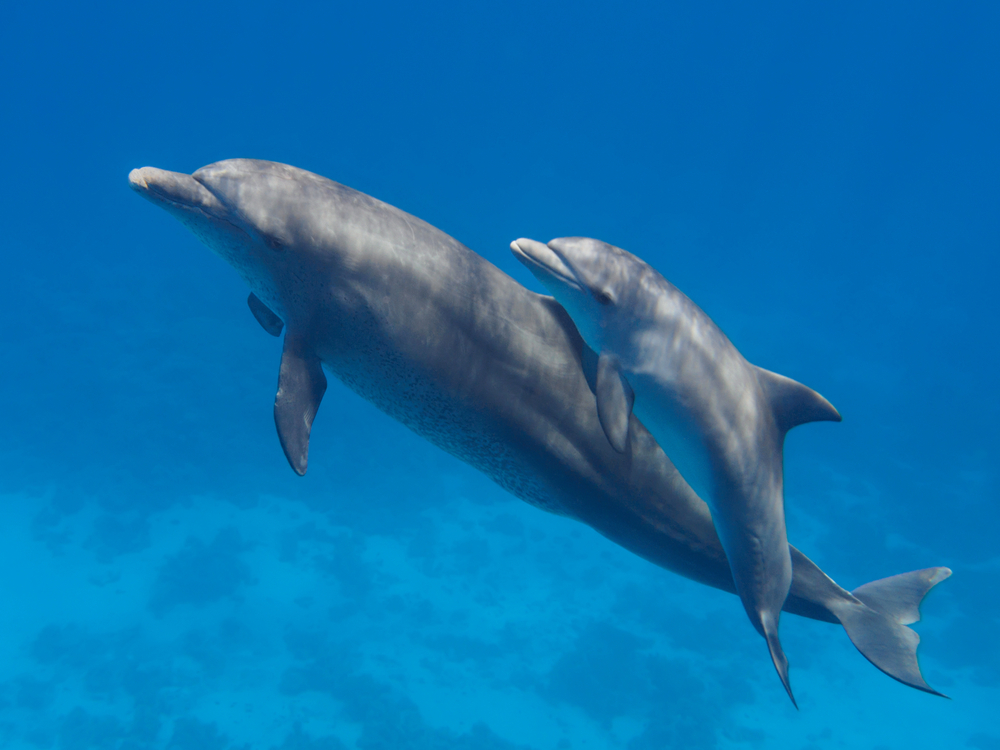
Dolphins frequently display behaviors that suggest empathy, such as attending to sick or injured peers. There are numerous accounts of dolphins assisting each other during childbirth and even protecting swimmers from sharks. These actions indicate a profound awareness of and response to the needs and emotions of others. A study by the Whale and Dolphin Conservation Society highlighted cases where dolphins appeared to grieve the loss of a pod member, demonstrating an emotional response similar to human grief.
These examples of empathy and altruism are not limited to interactions within their species. Dolphins have been known to save humans from drowning or guide stranded whales back to the sea. Such behaviors suggest a broader capacity for empathy that transcends species lines, hinting at a complex emotional world. The willingness to help others without immediate benefit to themselves speaks to a level of emotional intelligence that resonates with human concepts of kindness and compassion.
4. They Love To Play
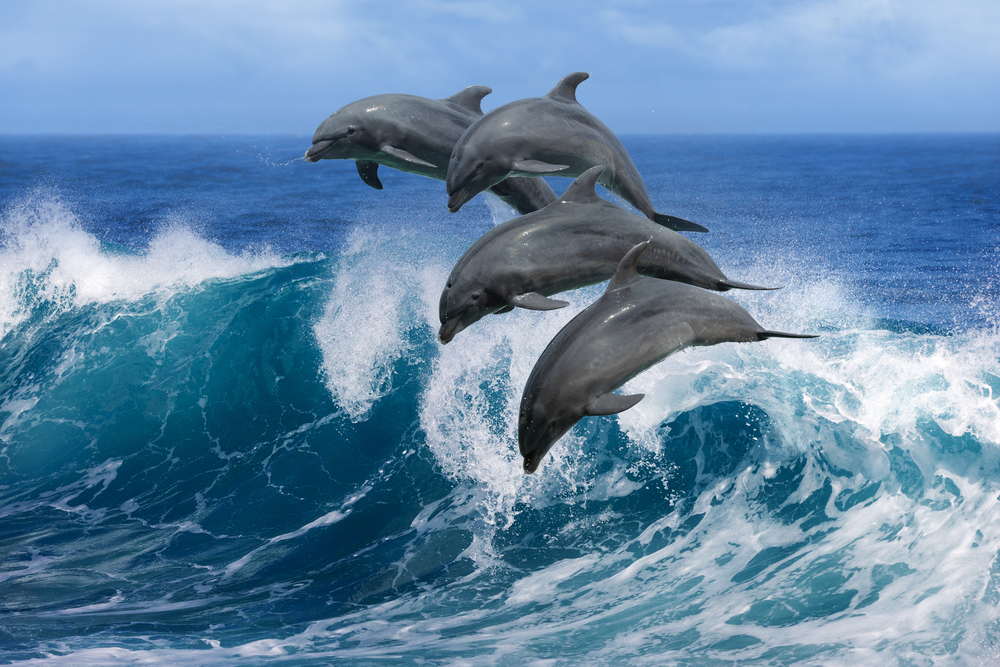
Dolphins are renowned for their playful nature, often engaging in activities that appear to be purely for enjoyment. They surf ocean waves, leap into the air, and create bubble rings, behaviors that suggest a sense of joy and spontaneity. This playfulness is not only a method for social bonding but also an expression of positive emotions. Observations of dolphins engaging in these activities even when alone indicate that their play is not solely for social purposes but also a reflection of inner emotional states.
Play behavior is crucial for cognitive and social development, both in humans and dolphins. It allows dolphins to practice social skills and strengthen bonds within their pods. The creativity and inventiveness of their play suggest a rich emotional life. By engaging in play, dolphins exhibit behaviors that mirror those of human children, emphasizing the potential for shared emotional experiences across species.
5. They Express Grief And Mourning
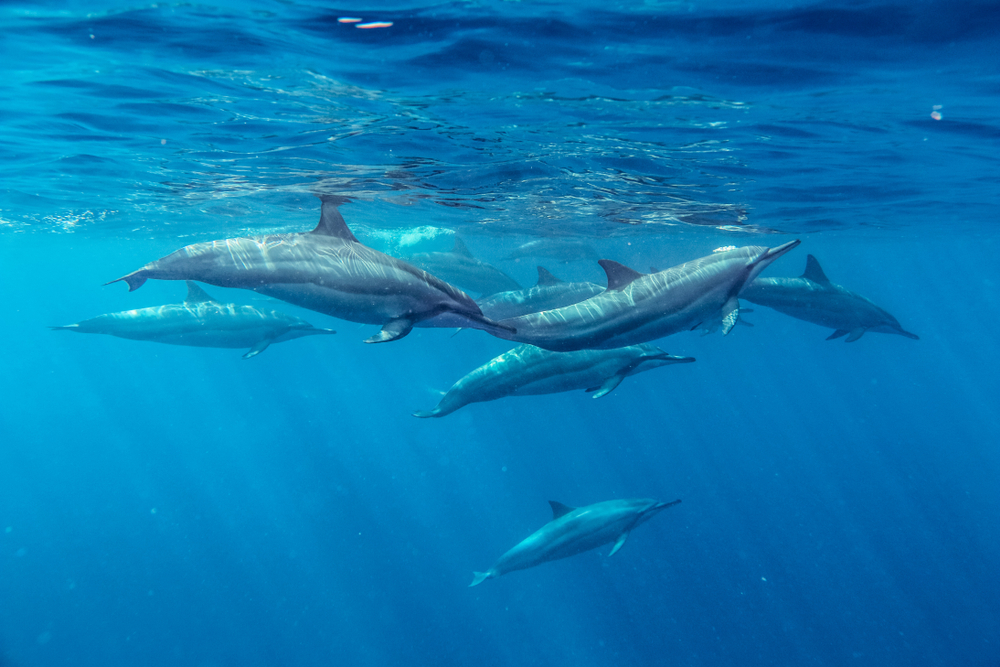
There are poignant accounts of dolphins displaying behaviors that resemble human grieving processes. Dolphins have been observed staying with deceased pod members for extended periods, a behavior that scientists interpret as mourning. According to a research article in Marine Mammal Science*, some dolphins have been seen carrying dead calves for days, refusing to let them go. These actions suggest an emotional depth and an awareness of loss that parallels human experiences of grief.
Beyond the immediate sorrow, dolphins’ mourning behaviors highlight their capacity for emotional connection and memory. They are known to revisit locations where a pod member died, indicating a sense of remembrance. Such behaviors imply a level of emotional processing akin to humans dealing with loss. This capacity for grief underscores the similarities between dolphin and human emotional landscapes.
6. They Have Deep Self-Awareness
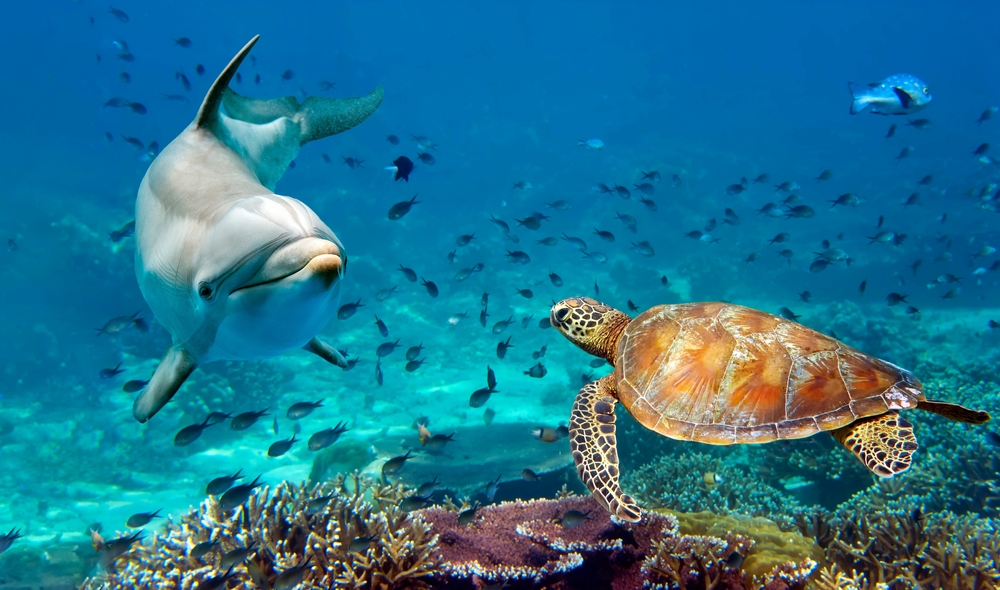
Dolphins have passed the mirror test, a scientific measure of self-awareness, where an animal recognizes itself in a mirror. This ability suggests that dolphins possess a level of consciousness and emotional intelligence comparable to humans. Recognizing oneself in a mirror is often linked to complex emotional and cognitive abilities, such as empathy, introspection, and social understanding. Self-awareness in dolphins indicates they have a nuanced understanding of their own identities and emotions.
The implications of self-awareness extend to dolphins’ social interactions and emotional lives. It enables them to navigate complex social structures with an understanding of their role within the group. This awareness also suggests they experience emotions from a perspective of self, rather than solely as instinctive responses. Their capacity for self-recognition adds another layer to their emotional sophistication, aligning them more closely with humans.
7. They Have Sharp Problem-Solving Abilities
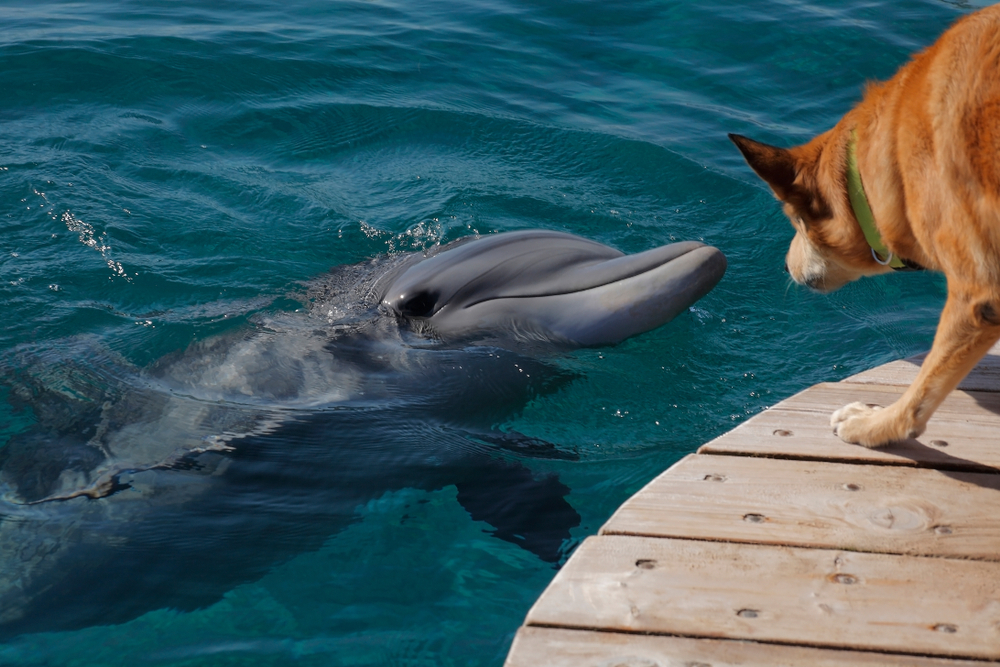
The advanced problem-solving skills of dolphins demonstrate their cognitive and emotional capacities. In various studies, dolphins have been observed using tools, like sea sponges, to protect their rostrums while foraging on the seafloor. This ability to use tools showcases not only intelligence but also forethought and adaptability, traits that are often accompanied by complex emotional processes. Research published in *Proceedings of the National Academy of Sciences* highlights dolphins’ ability to solve puzzles and work collaboratively, further reflecting their cognitive and emotional sophistication.
Problem-solving in dolphins often involves social cooperation, suggesting they can manage emotions to achieve shared goals. Their ability to navigate and solve complex tasks implies a level of emotional regulation and creativity. As they engage in these activities, dolphins demonstrate a potential for stress management, patience, and persistence. These traits suggest emotional parallels with humans, as they navigate challenges and collaborate with others.
8. They Experience Emotional Contagion
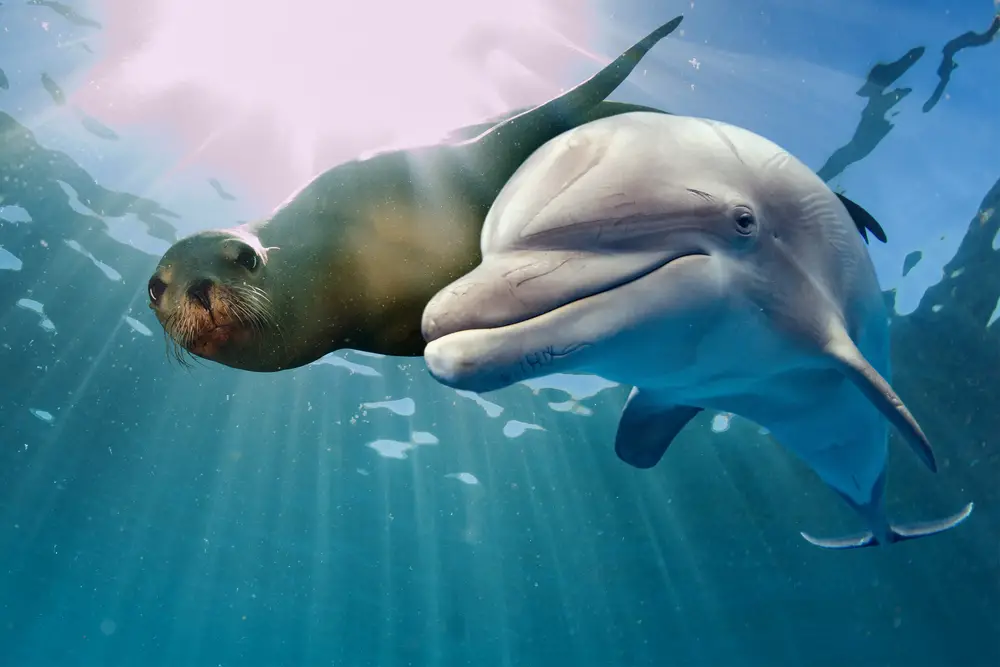
Dolphins appear to experience emotional contagion, where they mirror the emotional states of those around them. This phenomenon is common among empathetic species, including humans, and suggests a deep level of social awareness and emotional connection. When one dolphin exhibits signs of distress or excitement, others often respond in kind, indicating that emotions can spread through a pod. This shared emotional experience reinforces social bonds and enhances group cohesion.
The ability to experience emotional contagion suggests dolphins have a sophisticated emotional framework. It indicates they can understand and respond to the emotions of others, a key component of empathy. By experiencing and reacting to the emotions of their peers, dolphins maintain harmonious social groups. This emotional mirroring is another layer that aligns their emotional lives with those of humans.
9. The Have Cultural Traditions

Dolphins demonstrate cultural behaviors, passing knowledge and skills across generations and among pods. These behaviors include unique hunting techniques and vocal dialects, shared and taught within social groups. The transmission of culture among dolphins highlights their capacity for learning and emotional connection, as cultural practices often involve cooperation and shared experiences. This cultural aspect suggests that dolphins, like humans, have a rich tapestry of social and emotional life.
The existence of culture implies dolphins have complex cognitive and emotional capabilities. It requires memory, communication, and emotional intelligence to maintain and pass on traditions. Cultural transmission is not solely about survival; it also reflects the shared values and connections within dolphin communities. This cultural complexity adds to the evidence of dolphins’ emotional sophistication, emphasizing parallels with human societies.
10. They Have Impressive Long-Term Memory
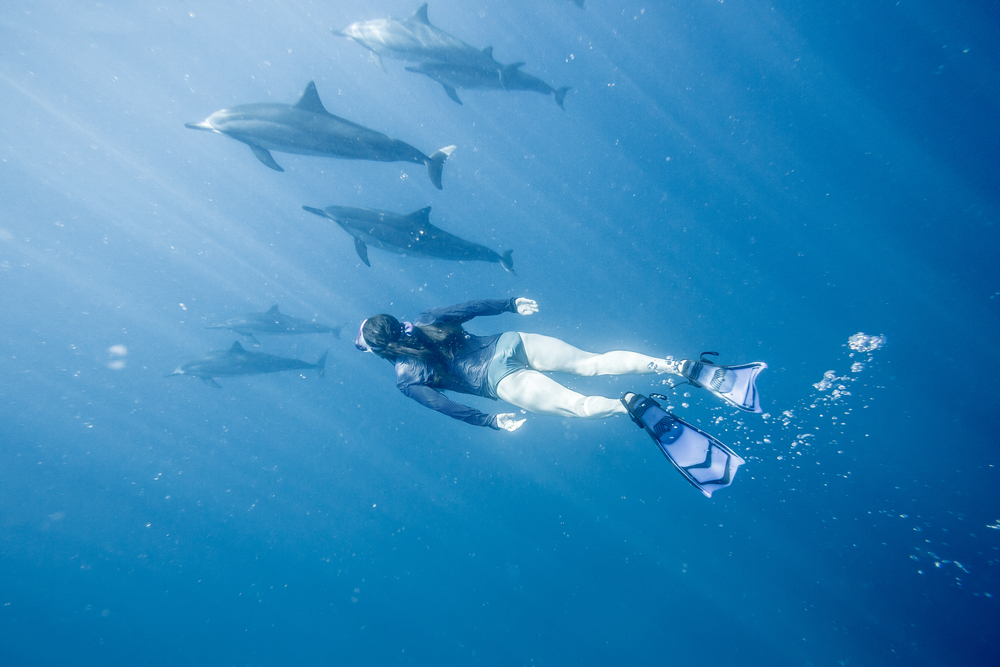
Dolphins exhibit remarkable long-term memory, able to remember individual acquaintances and social interactions for years. This memory capacity suggests they have an emotional investment in their relationships, maintaining bonds even after long separations. Such memories are crucial for social animals, enabling them to navigate complex social environments and maintain emotional ties. Dolphins’ ability to remember and recognize others indicates a sophisticated emotional framework that values past interactions.
Long-term memory supports dolphins’ social structures and emotional lives, allowing them to recall and respond to past experiences. This memory capability facilitates forgiveness, reconciliation, and emotional bonds, echoing human emotional relationships. It enables dolphins to manage their social networks effectively, maintaining harmony within their pods. The depth of their memory implies an emotional world rich with personal connections and shared histories.
11. They Are Curious Explorers
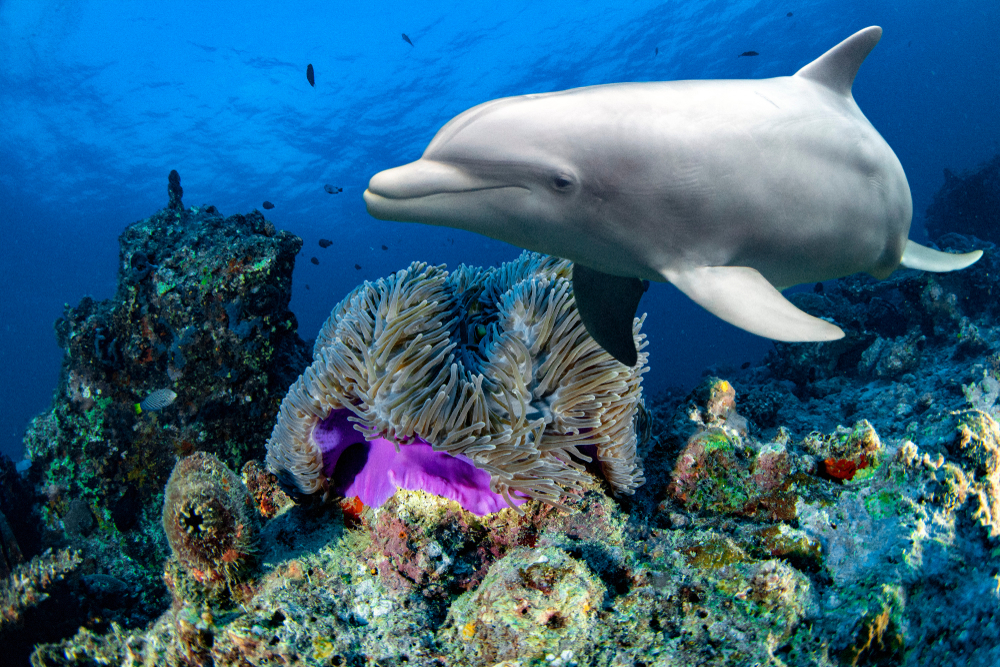
Dolphins display a strong sense of curiosity and a desire to explore their environment, indicating cognitive and emotional complexity. They often investigate new objects and engage in exploratory play, suggesting they derive enjoyment from discovery and learning. This curiosity is a sign of intelligence and emotional engagement, as it reflects a desire to understand and interact with the world. Dolphins’ exploratory behaviors demonstrate their capacity for wonder and excitement, emotions commonly associated with human curiosity.
Exploration is not only a cognitive activity but also an emotional one, as it involves risk-taking and anticipation. Dolphins’ willingness to explore and take risks suggests they experience emotions similar to human curiosity and excitement. This adventurous spirit is evident in their playful interactions and novel behaviors. Their curiosity aligns with human tendencies to seek out new experiences and knowledge, highlighting shared emotional drives.
12. They Express Joy
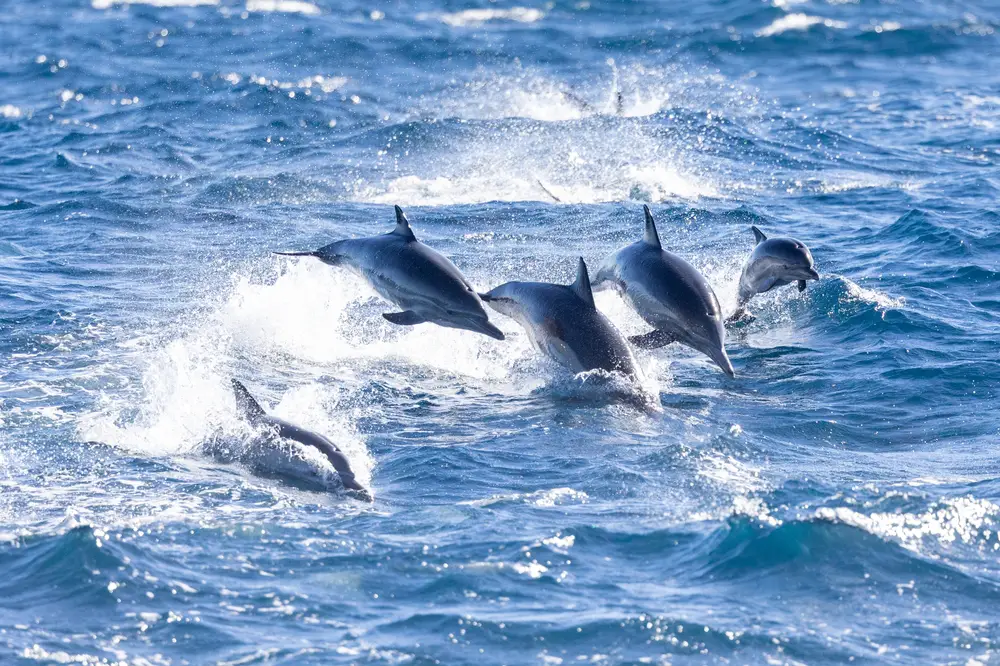
Dolphins can express joy, often seen in their exuberant leaps and social play. These displays of joy are not solely functional but appear to be expressions of positive emotions, similar to human celebrations. Their joyful behaviors are often contagious, spreading through a pod and enhancing social bonds. Such expressions of joy suggest dolphins have a rich emotional life and the capacity for happiness.
The capacity to express joy indicates dolphins experience a range of emotions, reflecting on their mental and emotional well-being. Joyful behaviors contribute to social cohesion and emotional connections within pods. They serve as reminders of the shared experiences that bring dolphins and humans closer in emotional understanding. These expressions of joy highlight the parallels between dolphin and human emotional experiences.
13. They Form Attachments To Objects
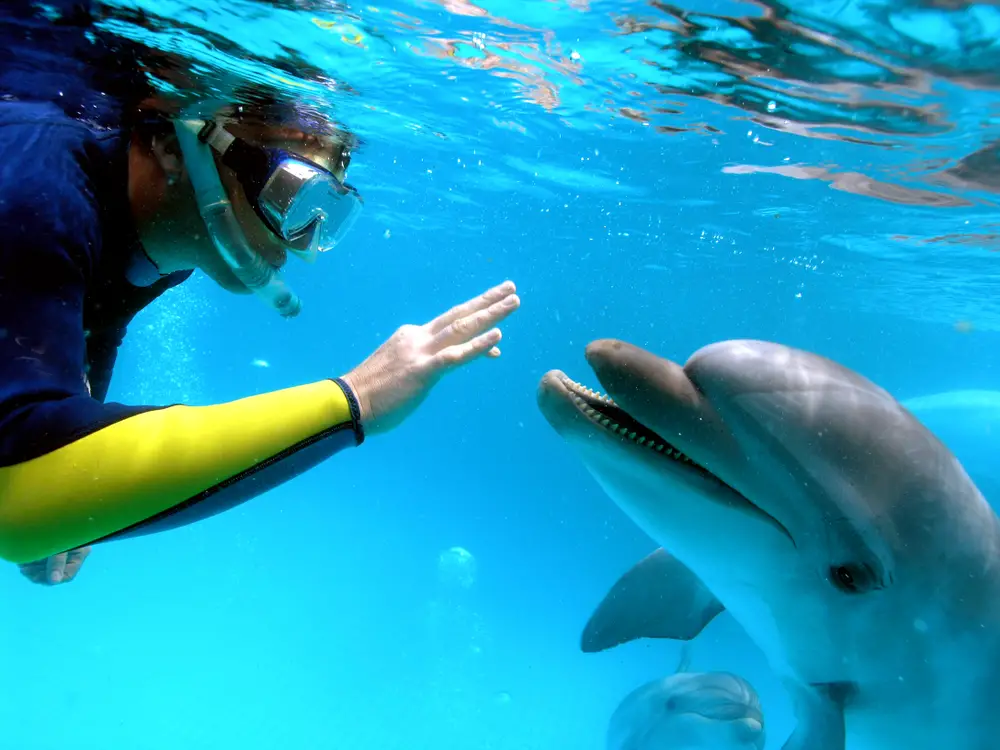
Dolphins sometimes form attachments to objects, reminiscent of human children with their favorite toys. They have been observed interacting with objects in ways that suggest a sense of enjoyment and perhaps even emotional attachment. These interactions can include carrying objects, playing with them, or using them as part of social interactions. Such behaviors suggest dolphins experience emotions related to attachment and pleasure.
The attachment to objects indicates that dolphins find emotional value beyond survival needs. It reflects a level of emotional complexity that encompasses more than just social interactions. These attachments can serve as tools for social bonding or individual enjoyment, providing insight into their emotional lives. The parallels with human behaviors underscore the potential depth and breadth of dolphin emotions.
